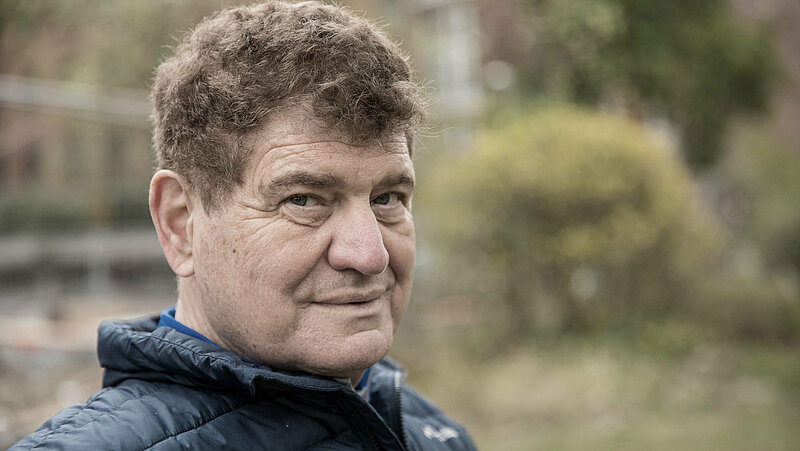
Treatment options for prostate cancer – an overview
Successful treatment all depends on your age and operative risk, the rate at which your tumour is growing, your personal circumstances and any potential comorbidities. We will consider these criteria in an initial consultation with you. We will provide detailed information you can trust about the different established treatment methods available to you, along with their potential benefits and drawbacks.
There are five scientifically researched strategies for treating localised prostate carcinoma, which we will present to you in detail.
How is my cancer classified?
We use a variety of metrics to determine which of the three risk groups you are in. This in turn dictates which treatment options would be most suitable for you.
Successful treatment all depends on your age and operative risk, the rate at which your tumour is growing, your personal circumstances and any potential comorbidities. We will consider these criteria in an initial consultation with you.
There are five scientifically researched treatment options available: prostatectomy, the complete (radical) surgical removal of the prostate; radiotherapy, which is administered externally through the skin (percutaneously); brachytherapy, a form of radiotherapy administered from within using either a low-dose rate (LDR) or a high-dose rate (HDR); focal therapy, which is treatment to remove a tumour lesion localised in the prostate, and active surveillance, which means waiting and observing the tumour.



